An Introduction to Character Archetypes
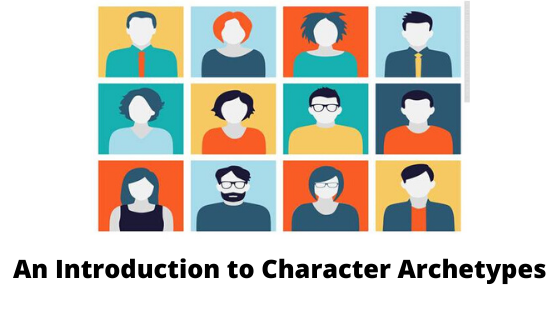
One of the most difficult parts of creating a novel is creating characters. It can be fun at first, but it can become a daunting task over time. After all, characters need to be whole people. Aside from names and physical characteristics, they have to have personalities, ambitions, purposes, and backstories. And all of it has to make sense! This could be a time-consuming task and could lead to writing blocks—yes, even before you actually start writing.
To help ease the daunting task of creating an entire psyche, you can turn to character archetypes. These are templates that could help with the foundations of created characters. An archetype is something often found in art and literature. The following character archetypes are only some of dozens, if not hundreds, that could be found in literature.

-
Hero
The Hero is most often the protagonist of the story as well as its narrator. This character is inherently good-natured but is flawed in one way or another. Heroes in stories are often destined to save someone, achieve something, and/or defeat the villain. In many stories, they are also foreigners to the world in which the story is set.
Examples: Alice from Alice in Wonderland, Harry Potter from the Harry Potter series, Katniss Everdeen from the Hunger Games trilogy, Dorothy from The Wizard of Oz

-
Mentor
As the name of the archetype suggests, the Mentor is meant to teach the Hero, to give them a fighting chance to defeat the villain. Since plenty of Heroes are foreigners, the Mentor is there to teach them how the “world” works. In a way, the Mentor also helps reveal the world to the reader, especially when the story utilizes the limited perspective of the Hero.
Examples: Yoda from Star Wars, Aslan from The Chronicles of Narnia
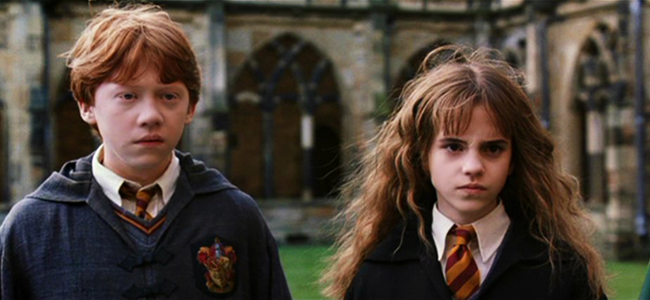
-
Ally
Also known as the sidekick, the Ally helps the Hero on his mission. The Ally’s main purpose is to be someone the Hero can interact and brainstorm with. The Ally provides commentary, insight, and/or humor throughout the story. They may also help with exposition, especially if they are a permanent resident of the “world.”
Examples: Ron Weasley and Hermione Granger from the Harry Potter series
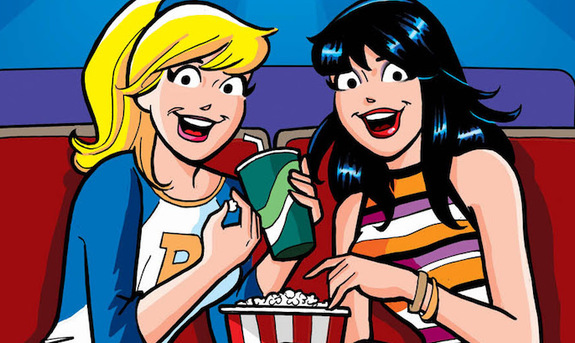
-
Foil
The Foil is similar to the Ally, except the relationship that the Foil has with the Hero has more animosity. They are on the same side, essentially, but the Foil constantly challenges the will of the Hero. The Foil and the Hero also often have opposite or clashing personalities. The Foil’s main purpose in the story is to further reveal character. The Foil may also exist in stories without heroes, or two characters can be each other’s Foils.
Examples: Betty and Veronica from the Archie comics
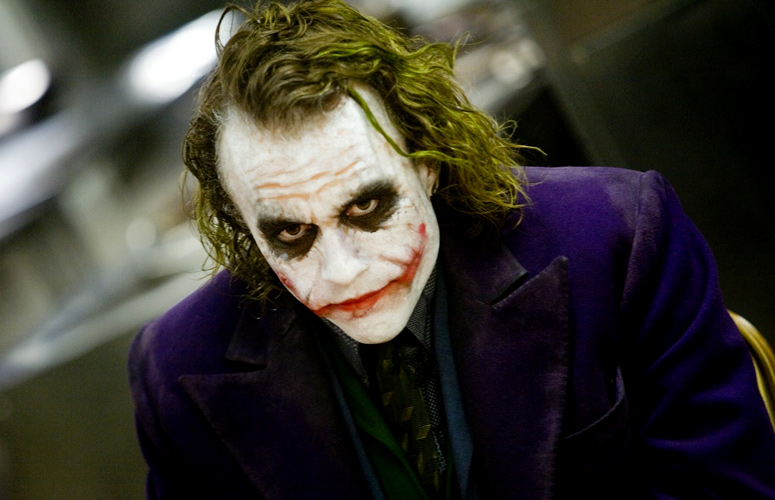
-
Shadow
Also known as the villain, the Shadow is the antagonist of the story. More accurately, however, the Shadow is a villain who somehow represents the Hero or possesses similar qualities as the Hero. The Shadow not only provides the main conflict of the story but also helps expose the character of the Hero by forcing them to make heavy decisions.
Examples: The Joker from Batman, Darth Vader from Star Wars, Lord Voldemort from the Harry Potter series

-
Everyman
The Everyman is a character who stands in for the audience. They are not necessarily the protagonist of the story, but they interact with the protagonist so closely that they experience the same circumstances. They provide a commoner’s perspective on the fantastic.
Examples: John Watson from The Adventures of Sherlock Holmes, Arthur Dent from The Hitchhiker’s Guide to the Galaxy
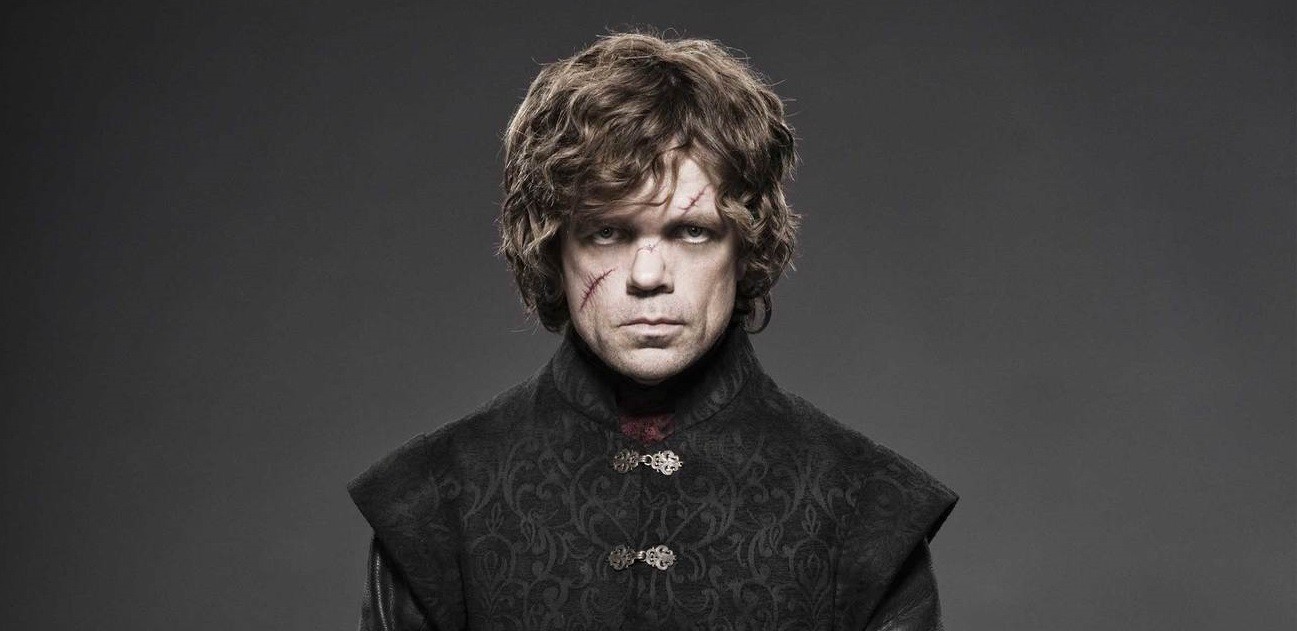
-
Rebel
The Rebel is a character who is intent on breaking the rules set by the world or who has been jaded by the world in which they are placed. They constantly challenge norms or the status quo, whether for personal gain (revenge) or social gain (revolution). One of the biggest character flaws of the Rebel is their tendency to turn over to the dark side.
Examples: Tyrion Lannister from the Game of Thrones series
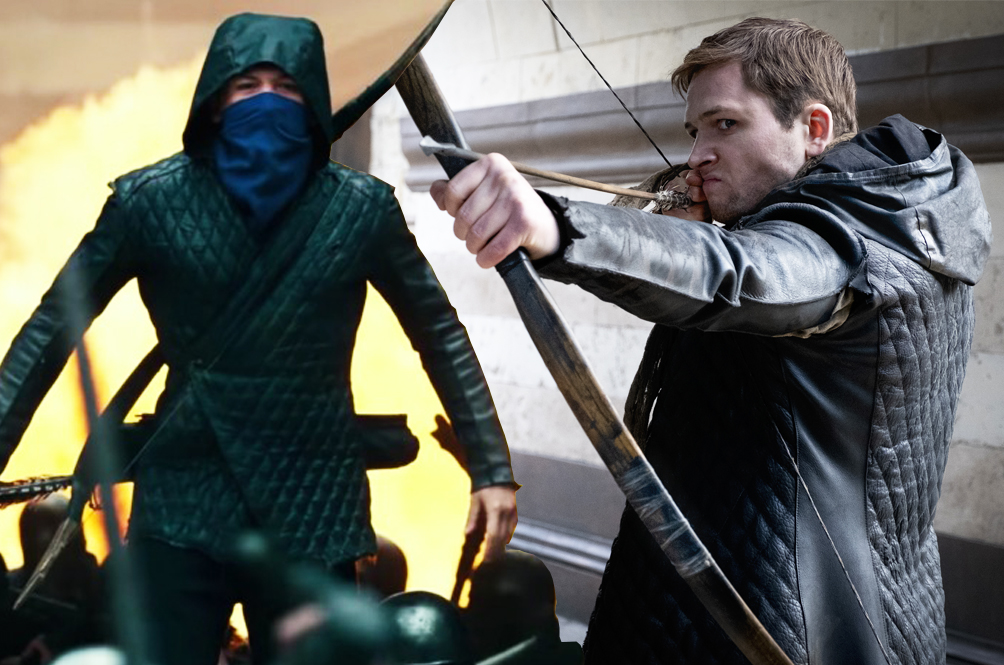
-
Vigilante
Also known as the antihero, the Vigilante is a complicated character. They are often the protagonist in their story, and they do good deeds. However, the method by which they accomplish these good deeds can be questionable. Vigilantes are known to have dark pasts, and they rarely trust institutions and governments, which is why they are known to break the law to save others. Vigilantes also refuse to be called Heroes either because they do not believe in Heroes or because they do not believe that they are worthy of being Heroes.
Examples: Robin Hood, Oliver Queen from the Arrow comics
Sources:
-
The Eight Character Archetypes of the Hero’s Journey | Mythcreants
-
12 Common Character Archetypes & How Writers Can Use Them | writers write
*Disclaimer: Images are not ours. Credits to its rightful owners.